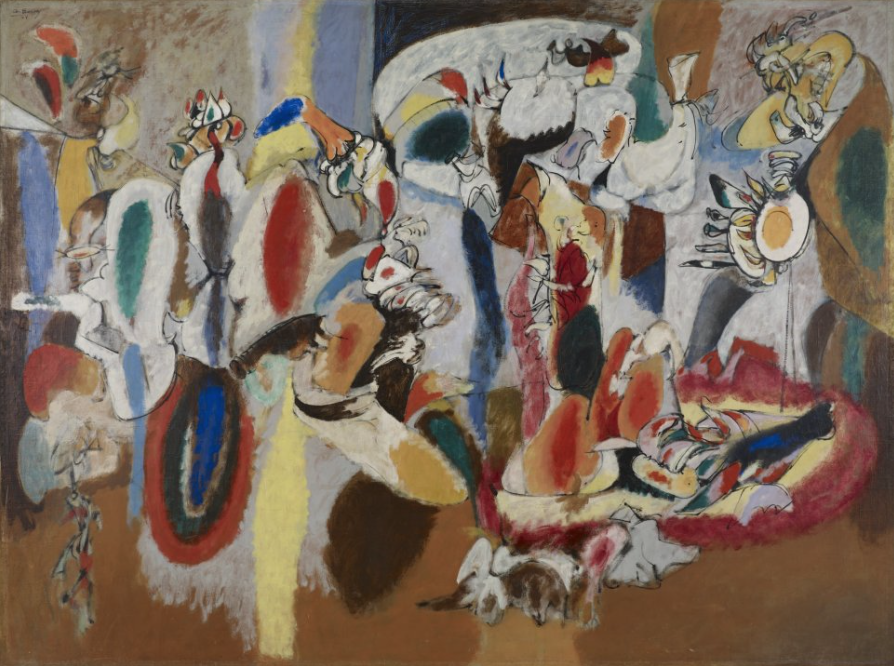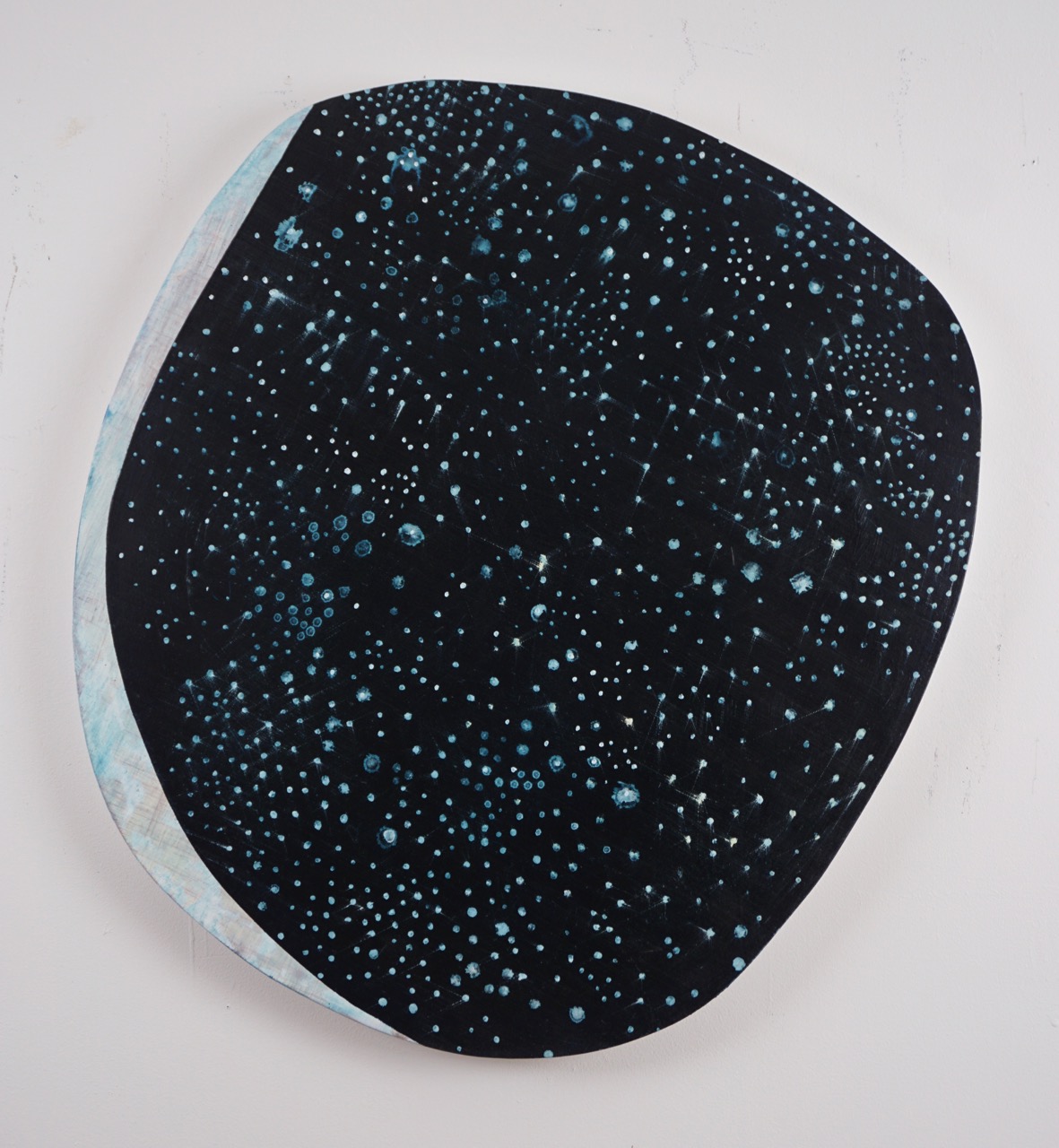Wilbur and I started the New Year in San Miguel de Allende, Mexico.
It’s a gorgeous old city full of US citizens, us gringos. That is a complex thing for me but I was totally taken with this place and all the people in it. Thus, I add to the “gringofication”. The textures, the smells, the energy, the love…the deep spirituality, so rich and abundant, completely intoxicating.
We went to a bullfight, the end of 2022. I’ve always been curious about them. I will say that my curiosity was more than satisfied. I’m still processing the experience. It was brutal, a display of bloodletting and torture that I certainly have never witnessed before. It started as a beautiful celebratory event. Costumes, pageantry people cheering and talking. It was so very clear that this was something that people loved and even took pride in. There was a band playing some “oompa” sort of tunes. Then it started.
We sat through a total of five “fights”. There were moments of grace and even beauty as the matador and the bull did their death dance. However, as is well known, the outcome is never in doubt. For me this fact overshadowed any sort of aesthetic appreciation. We just couldn’t make it through the final one, so we left.
This isn’t a football game where the winner and loser is in doubt. Here we know who the loser is. It was grim but I have to admit, initially, fascinating. As it all wore on it got more and more depressing. Not just for us but I could feel the crowd get less enthusiastic. People were distracted, the original celebratory vibe had turned into a grim death watch. The matadors costumes, at the beginning all sparkly, became stained with dirt and blood. The crowd had thinned out, the people walking out with us were quiet, there was none of the celebration and joy one felt on entering the stadium.
It’s said that the bullfight is a metaphor for life. Picasso used it as one for the artistic life, the act of creation, creating art from death. The “little death”, “la petite mort,” often associated with an artist giving their all to create what they are compelled to create. Hemingway used it as a metaphor for masculinity and the struggle to be free and then of course death. I don’t know about these metaphors we need new ones. Metaphors that celebrate our love, our planet and our joy of being alive. Yeah, I am a wild-eyed optimist!
We left the stadium fraught. I kept thinking how we are evolving away from such bloodletting, but not really. I thought of the war in Ukraine, all the genocides still happening. The young men and women killed by our policing system. The slaughterhouses that feed us the sanitized version of what we just witnessed. Wilbur, walking slowly, declaring “toxic masculinity”…she is right.
But then we ARE evolving away from this. Wilbur and I always say to ourselves that the arc of change is different for other people and places, we are changing but change isn’t the same for everyone. My 2023 resolution is to continue to question my own framework of thought. To try and see the way my privilege has formed my thinking. How I am that matador pathetically strutting and preening, facing the illusion of his death. I am also the bull, blood glistening down my body standing confused while pointlessly clinging to life. My resolution is to stay awake to life, to be a friend to death and to question why we have to struggle at all to understand either.





























